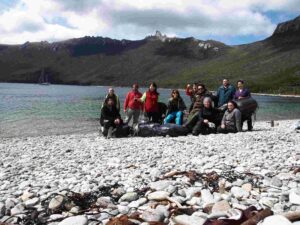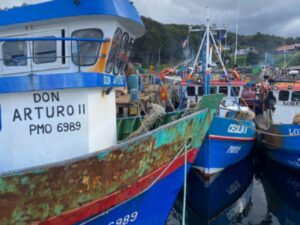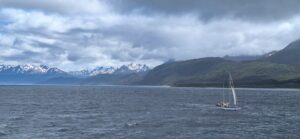Photography in Antarctica: Key techniques and must-have equipment for stunning shots
Photography in Antarctica: Antarctica is a dream destination for nature photographers: icy landscapes, unique wildlife, and fascinating light create unparalleled opportunities. However, extreme conditions require special preparation and the right equipment. Here are some essential tips and gear recommendations to capture the magic of Antarctica, whether from a boat, the shore, or a zodiac excursion.
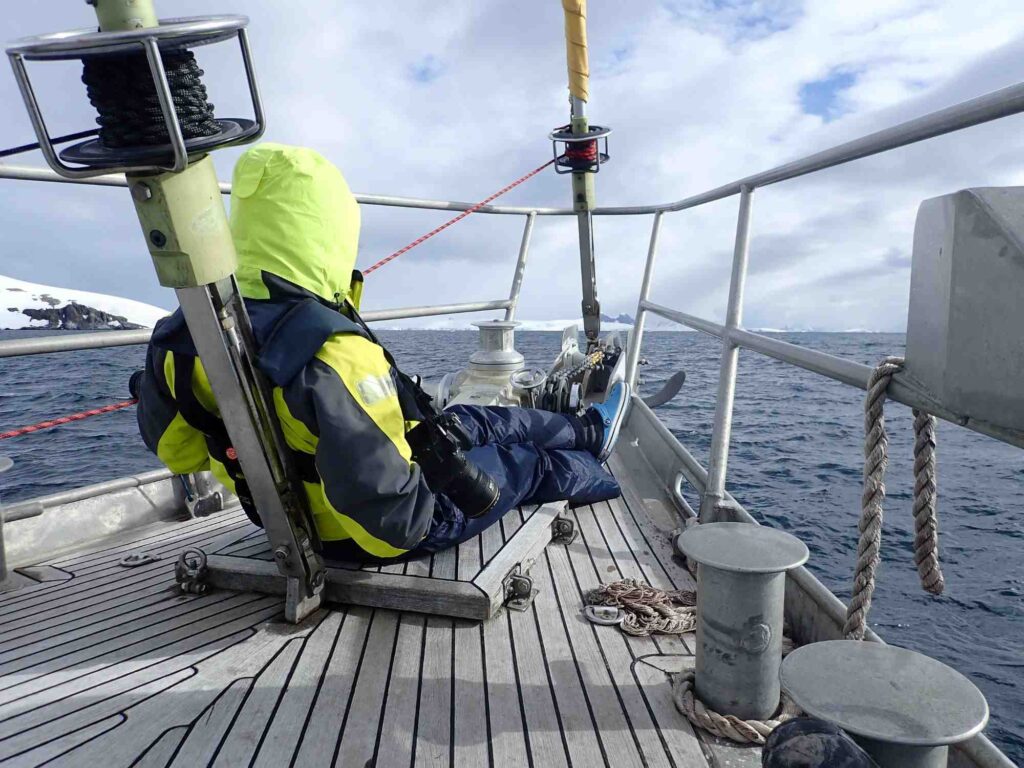
1. Prepare for movement
Excursions and Antarctica’s terrain can make stabilizing shots challenging.
• Use fast shutter speeds: Keep your speed at least at 1/500 to ensure sharpness, especially when on a moving boat or zodiac.
• Stabilizers or compact tripods: A monopod or small tripod can help when you’re in a more stable spot or when movement is minimal.
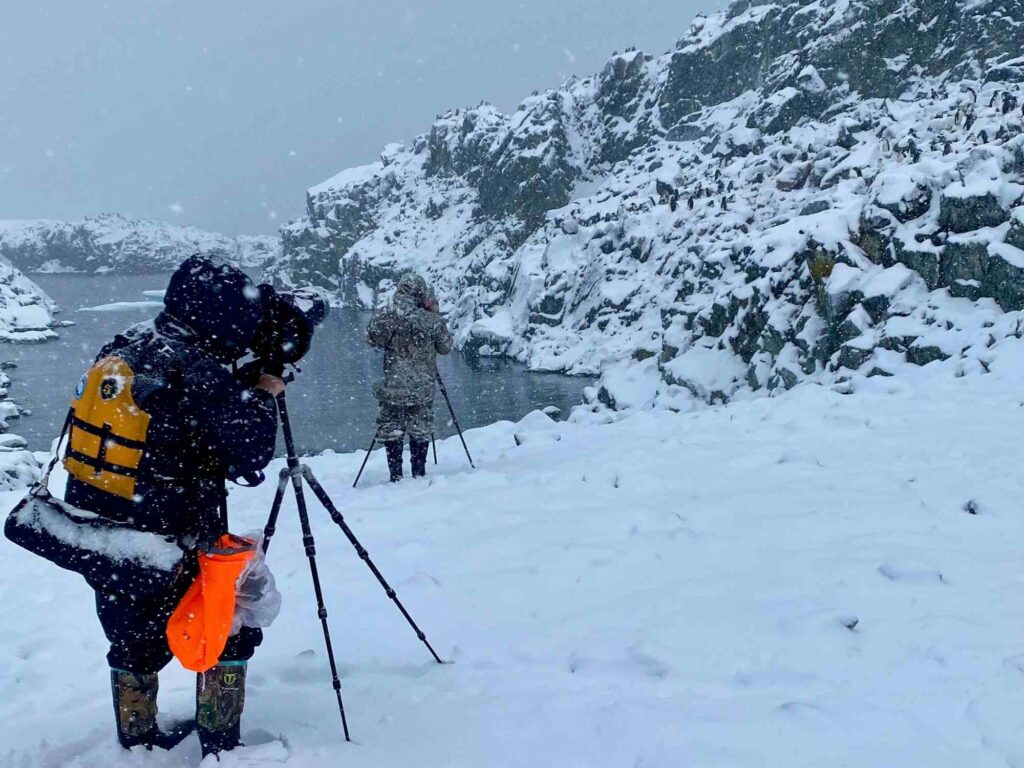
2. Protect your gear from extreme weather
Cold, snow, and humidity in Antarctica can damage your equipment.
• Waterproof covers: Protect your camera and lenses from snow and splashes.
• Desiccant bags: Keep a few in your camera bag to absorb any moisture.
• Extra batteries: Cold weather drains batteries quickly, so bring several spares and keep them in a pocket close to your body to keep them warm.
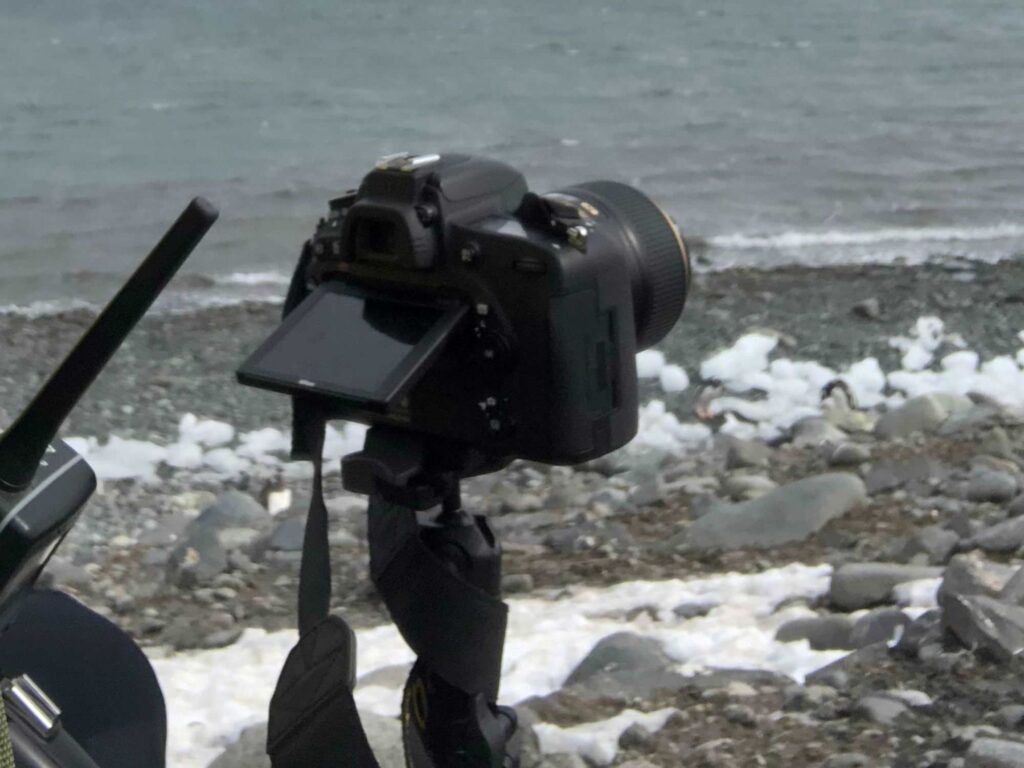
3. Versatile lenses for landscapes and wildlife
Antarctica offers everything from expansive landscapes to close-up wildlife shots.
• Wide-angle (16-35mm or 24-70mm): Perfect for capturing landscapes, glaciers, and icebergs.
• Telephoto (100-400mm or 70-200mm): Great for photographing wildlife without disturbing them. Penguins, seals, and seabirds can be captured in detail from a distance.
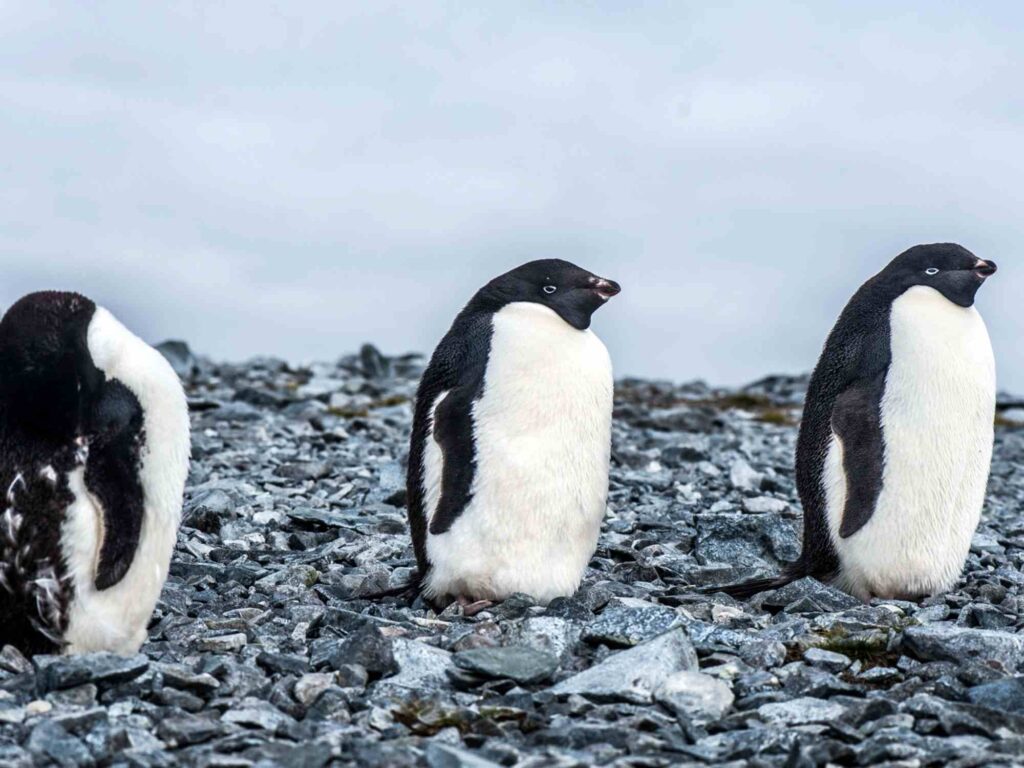
4. Adjustments for ice and snow photography
The white light of ice and snow can confuse your camera, making photos look flat.
• Exposure adjustment: Slightly overexpose (+0.3 or +0.7) to keep the ice from looking gray.
• White balance: Manually adjust to capture the cool tones of the ice and sky.
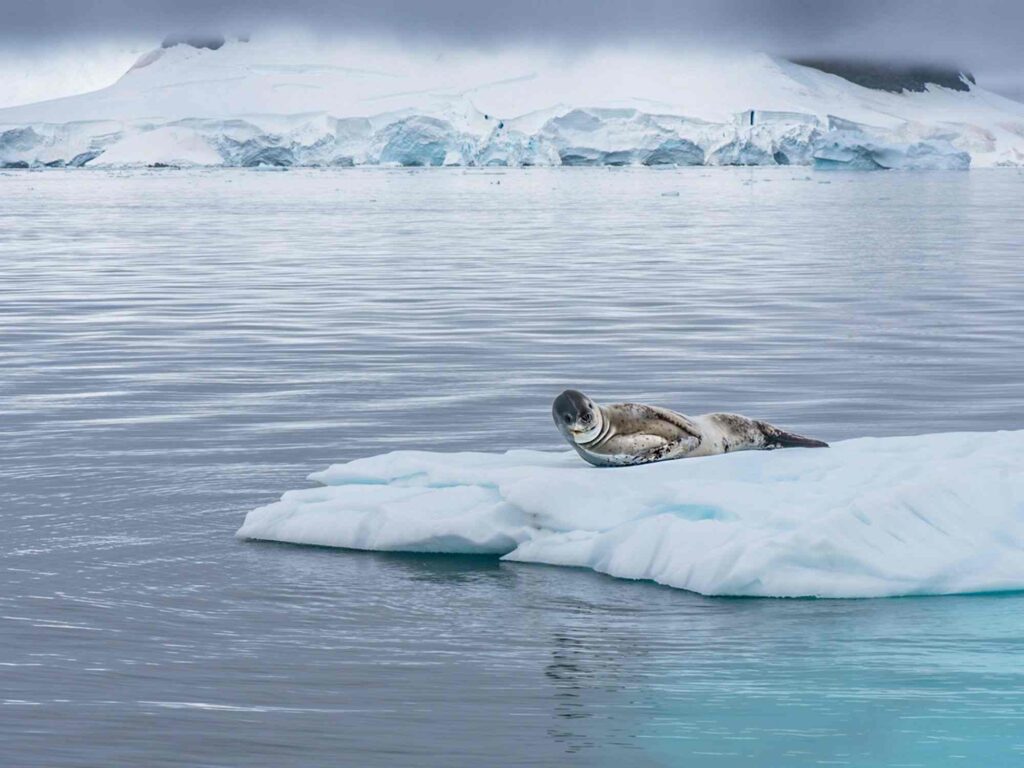
5. Capturing wildlife in motion
Antarctica’s wildlife is constantly on the move, offering both a challenge and a great opportunity.
• Burst mode: Increase your chances of a great shot in motion by setting your camera to burst mode.
• Continuous focus: Use continuous autofocus (AF-C) so your camera can track moving subjects.
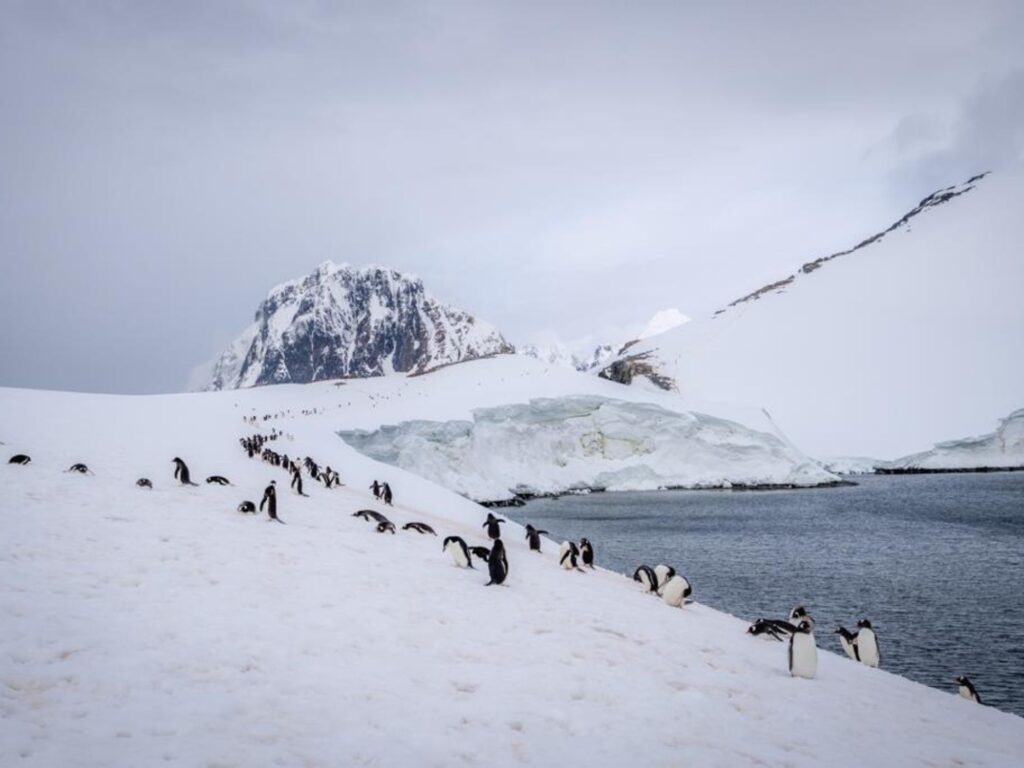
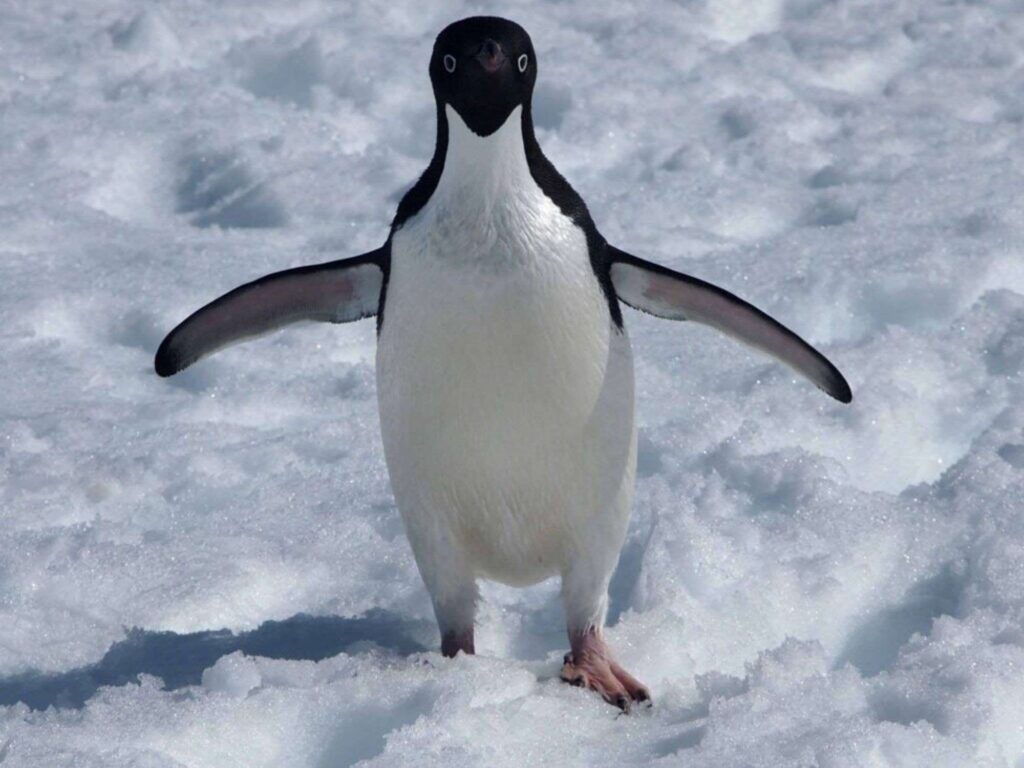
6. Extreme light conditions in Antarctica
Light in Antarctica can be very harsh, especially in the summer.
• Polarizing filter: Reduces glare on ice and water, enhancing color.
• ND filter: Useful if you want to capture the movement of water or wind on snow without overexposing.
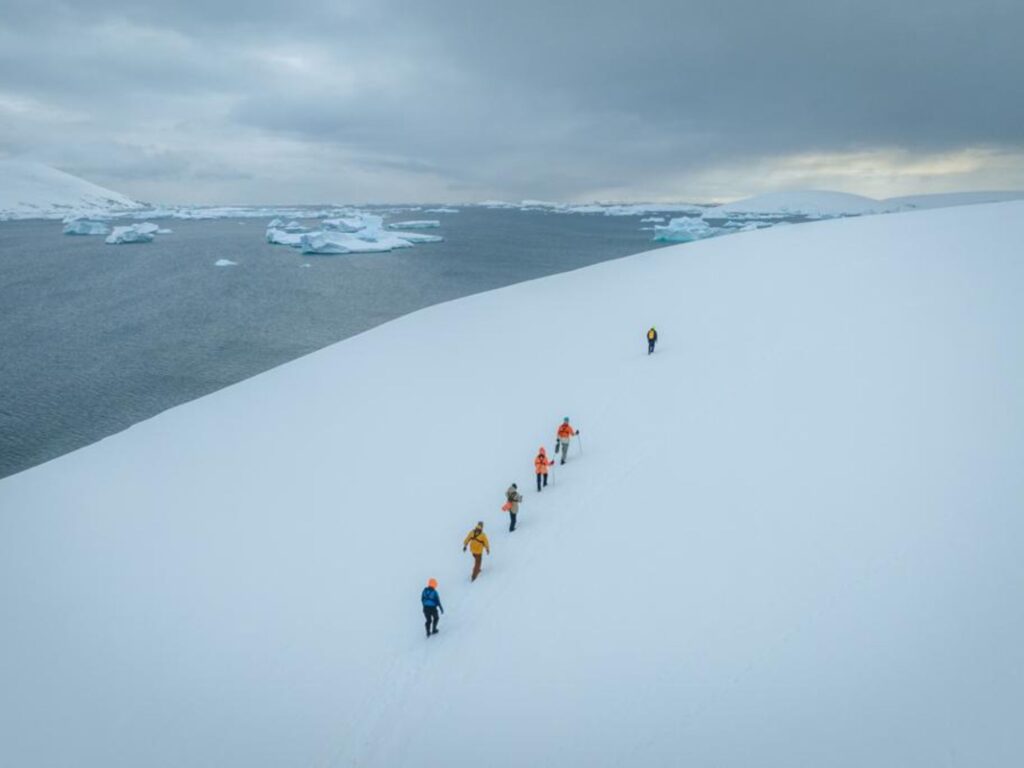
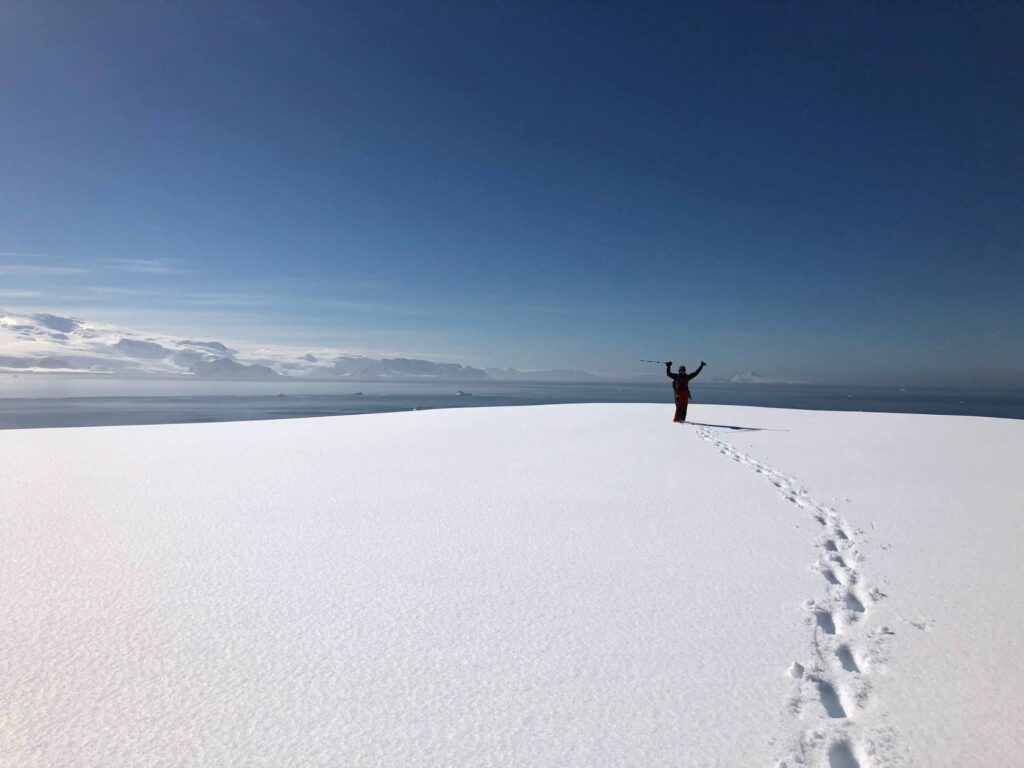
7. Essential accessories
Having the right gear for the climate and conditions is crucial for a successful photo session:
• Gloves: Keep your hands warm to operate your camera without losing mobility.
• Waterproof backpack: A waterproof bag will protect your gear during zodiac transfers or excursions.
• Microfiber cloths: Use these to dry off your camera if it gets wet. Always have them ready to keep the lens clear.
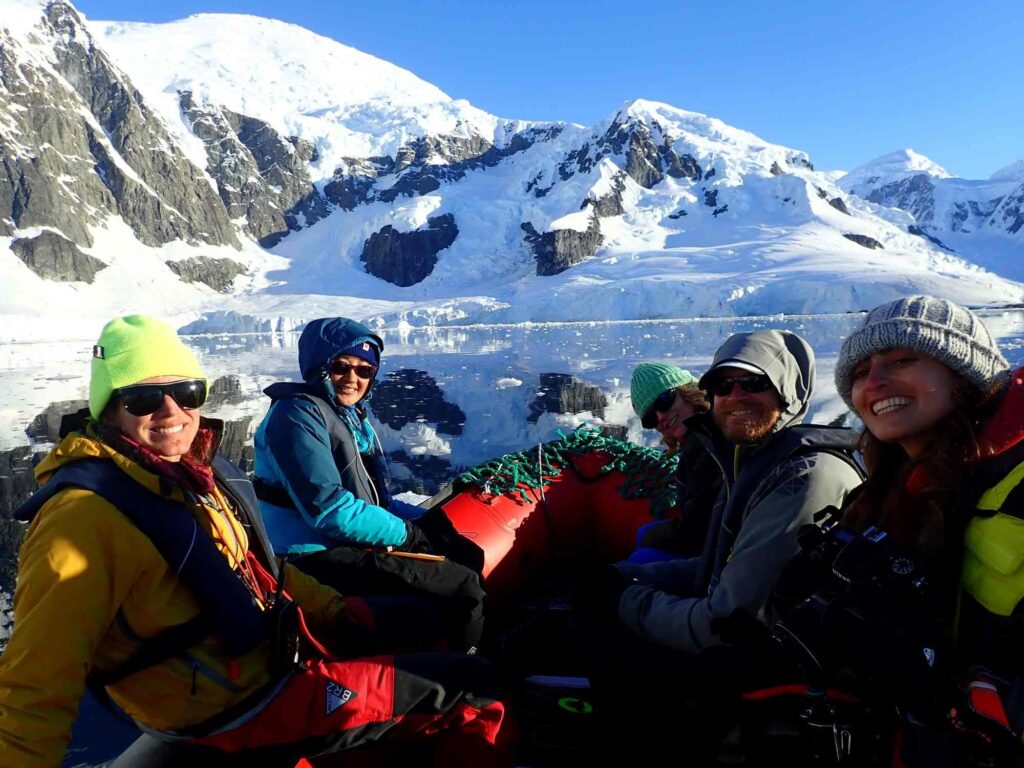
8. Patience and mental preparation
Antarctica is a place that requires time and patience. Between changing light, unpredictable weather, and rare opportunities, staying alert and enjoying your surroundings is essential. Observe and immerse yourself at the moment to create a genuine connection with the place, which will show in your photos.
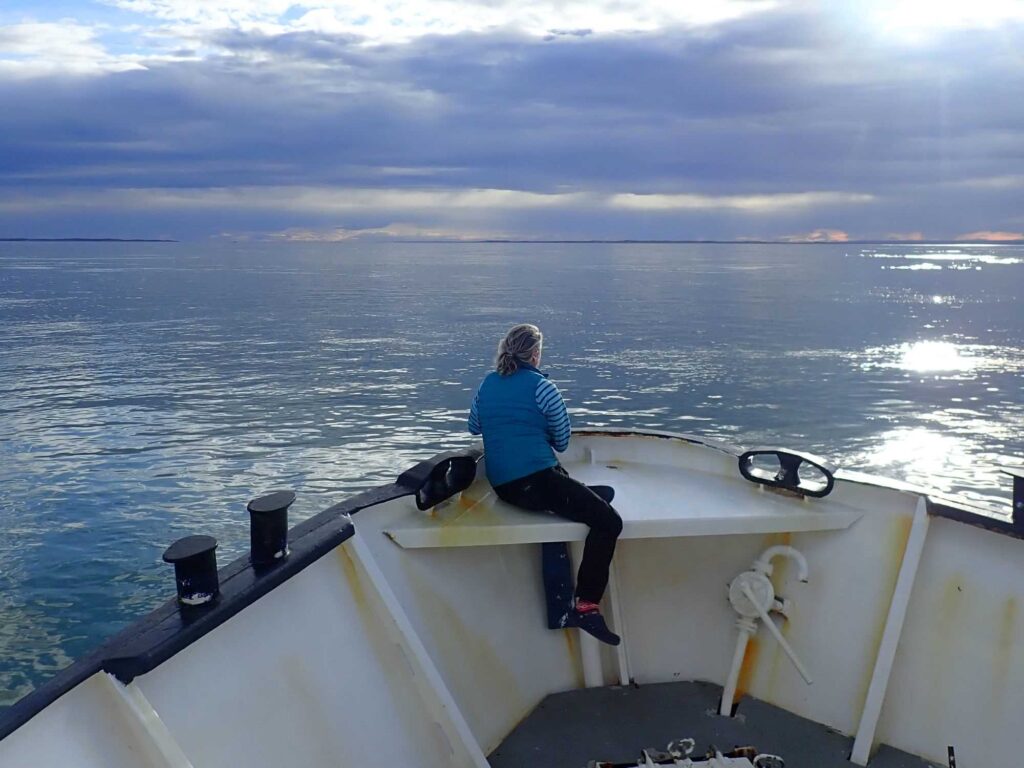
Photographing Antarctica is a unique and unforgettable experience. With the right combination of equipment, preparation, and patience, you can capture the grandeur of this remote land and its natural wonders. Best of luck on your photographic adventure!
By LAURA BABAHEKIAN


